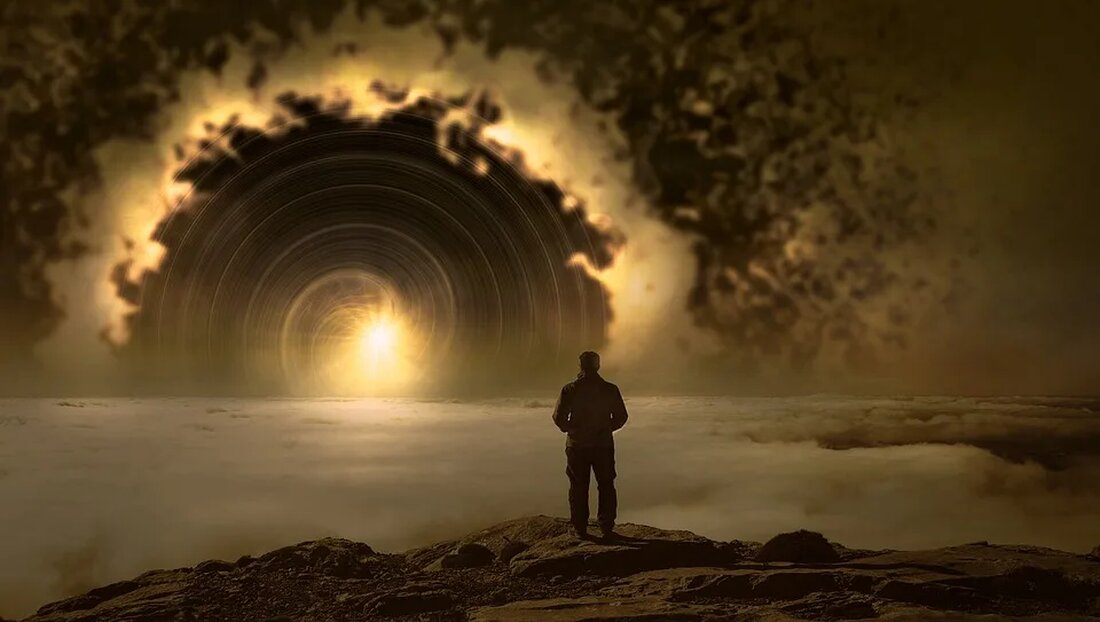The secret of deep sea ecosystems
The deep sea, the largest and least understood habitat in the world. It is the mysterious home of a variety of creatures that have adapted perfectly to the extreme conditions of the depths. At a depth of 200 to 11,000 meters below the sea surface, there is a dark, cold and rocky environment that offers shelter to a fantastic variety of mostly small and sparsely distributed creatures. In this article we will delve into the amazing world of deep sea ecosystems and reveal the mystery that surrounds them. The extreme conditions of the deep sea pressure and temperature conditions The deeper you go into the deep sea, the darker, colder and...

The secret of deep sea ecosystems
The deep sea, the largest and least understood habitat in the world. It is the mysterious home of a variety of creatures that have adapted perfectly to the extreme conditions of the depths. At a depth of 200 to 11,000 meters below the sea surface, there is a dark, cold and rocky environment that offers shelter to a fantastic variety of mostly small and sparsely distributed creatures. In this article we will delve into the amazing world of deep sea ecosystems and reveal the mystery that surrounds them.
The extreme conditions of the deep sea
Pressure and temperature conditions
The deeper you go into the deep sea, the darker, colder and higher the pressure becomes. The pressure in the deep sea can be up to 1000 times higher than on the sea surface. That's roughly the weight of 50 jumbo jets. Temperatures at this depth usually vary between 1 and 4 degrees Celsius and can even reach up to 350 degrees Celsius near hydrothermal vents.
Lighting conditions
There are no seasonal changes or daylight cycles in the deep sea. After about 200 meters, known as the "Twilight Zone," sunlight can no longer penetrate the water. Beyond the twilight zone, sunlight no longer penetrates and so there is constant darkness.
Adaptations of deep-sea organisms
Adjustments to pressure
The creatures of the deep sea have adapted to the extreme pressure conditions in an amazing way. Many of them have very flexible and collapsible body parts that can withstand the extreme pressure conditions. Most deep-sea creatures have bones that are denser and harder than those of shallower water creatures, which helps them withstand high pressure.
Adaptations to the dark
The darkness of the deep sea has led to the development of some remarkable adaptations. Many deep-sea creatures, such as frogfish, produce their own light through a phenomenon known as bioluminescence. This light can be used for hunting, deterring predators, communicating, and attracting mates.
Deep sea ecosystems
Hydrothermal vents
The hydrothermal vents form one of the most fascinating deep-sea ecosystems. These "hotspots" form where cold seawater enters the Earth's crust, is heated, and then escapes again, bringing with it minerals such as sulfur, iron and manganese. The bacteria and archaea that are able to convert these minerals into energy - a process known as chemosynthesis - serve as the foundation for this ecosystem, providing food for higher organisms such as mussels, worms and crabs.
Deep sea coral reefs
Deep-sea coral reefs are another notable deep-sea ecosystem, not as well known but equally important as photic coral reefs. They have existed for millions of years and provide security and food for many deep-sea creatures, such as certain species of fish, crustaceans and other invertebrates.
The importance of deep sea ecology
Deep sea ecology is crucial to understanding our planet's biosphere as it makes up the largest habitat on Earth. In addition, the deep sea is important for understanding the global carbon cycle because it represents both a carbon sink and a carbon source.
conclusion
The deep sea, which offers us fascinating insights into the evolutionary creations of life and the limitless diversity of biological organisms, remains largely unexplored despite modern technology. The challenge for future generations is to continue to explore this mysterious realm while finding a sustainable balance between the conservation and use of its resources.

 Suche
Suche
 Mein Konto
Mein Konto
